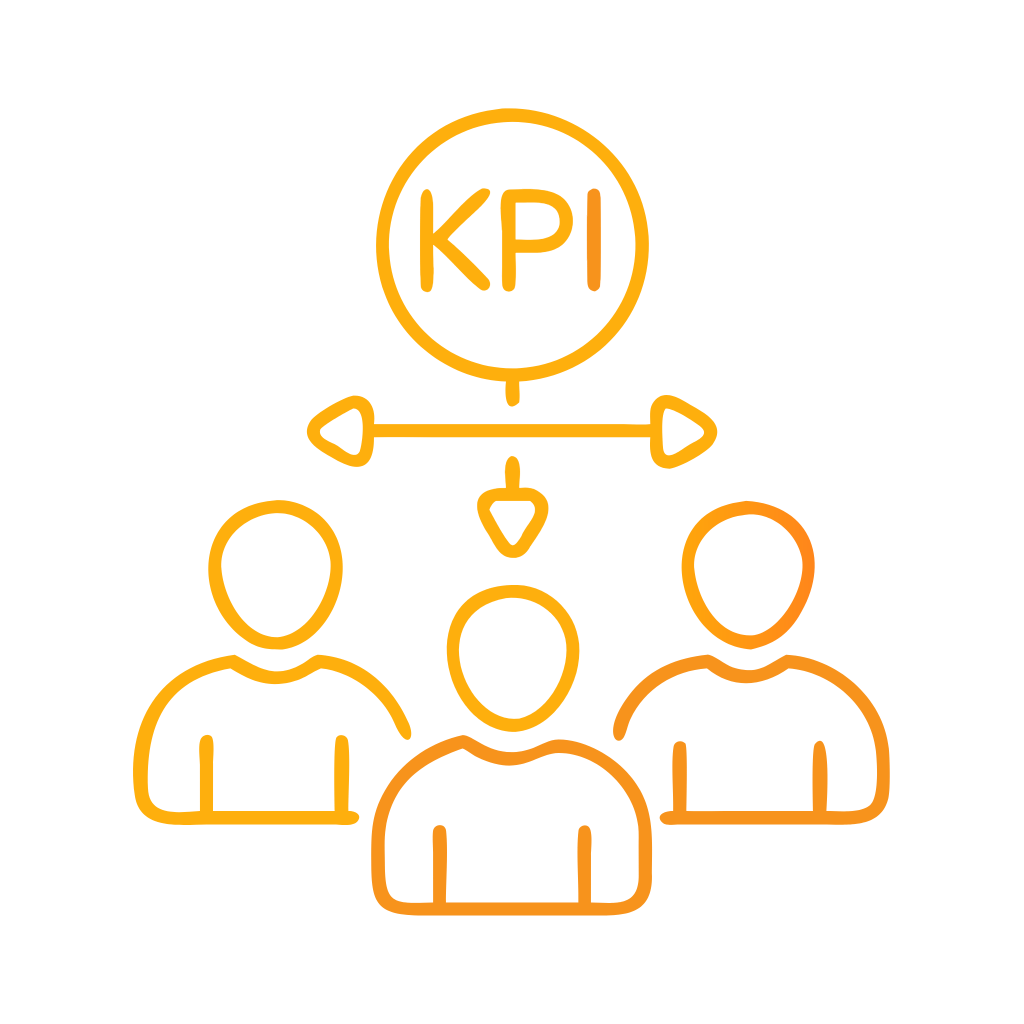What is cohort analysis and why does it matter for value management?
Cohort analysis groups customers who share a specific trait and tracks their outcomes over time. Leaders use cohorts to expose differences in retention, revenue, product adoption, and cost to serve that are invisible in blended averages. A cohort may form around a signup week, a first purchase category, an acquisition channel, or a behavior such as first successful task completion. Product teams and customer leaders rely on cohort views to understand which experiences create durable value and which paths create avoidable churn. Clear cohort definitions, consistent time windows, and stable metrics make longitudinal comparisons credible. This structure lets an organization tie experience change to economic impact rather than anecdotes or short-term lift. Done well, cohort analysis becomes the backbone of value management because it connects how people experience the product to the profit and cash profile those customers generate over time.¹ ² ³ ¹¹ ²²
How do you define a cohort so it aligns with strategy and measurement?
You define a cohort by choosing a unifying characteristic and a fixed time origin. The characteristic should map to a controllable lever such as acquisition source, onboarding path, feature exposure, or pricing plan. The time origin is often first purchase or first activation. Make the choice explicit and keep it stable for the analysis period. For value management, prefer definitions that the business can influence next quarter. A weekly acquisition cohort often works well for high-traffic digital products. A first-order SKU cohort can work for retail. A plan tier cohort suits subscription services. The key is clarity. If multiple teams cannot restate the definition, the cohort will not carry weight in governance. Standardize windowing, such as Week 0 to Week 12, to allow apples-to-apples comparisons of retention, revenue per retained customer, and support contact rate across cohorts.¹ ²⁰
What mechanisms turn cohort analysis into retention insight?
Cohort analysis becomes powerful when it tracks the share of users who return to perform a value moment at specific intervals. Retention reports visualize how many customers from each cohort return at Day 1, Day 7, Week 4, or Month 3 to repeat a key action. This structure lets teams identify when value decays and what interventions sustain engagement. A cohort retention table or curve highlights drop-offs that align with onboarding friction or failing habit loops. Teams can then test nudges, education, or product fixes to shift the curve. Linking retention to acquisition source exposes channels that deliver short-lived traffic. Linking to feature exposure surfaces product-led growth levers. Retention cohorts also enable rapid post-release readouts that focus on durability rather than clicks. When retention curves flatten at higher levels after a change, the business has a credible signal of value creation.³ ⁸ ²²
What is the connection between cohorts and lifetime value economics?
Cohorts translate experience into unit economics. Customer lifetime value estimates the net revenue or profit a customer generates over the relationship. Leaders compare lifetime value to customer acquisition cost to manage budget, payback, and pricing. In subscription settings, a common shorthand computes lifetime value using average revenue per user, gross margin, and churn rate. This estimate is imperfect but useful for directional tradeoffs. A cohort view improves the estimate because it incorporates observed retention by acquisition month, by plan, or by onboarding variant. Finance teams can then attribute changes in lifetime value to specific experience improvements. This coherence aligns growth and service spending with value realization and helps reduce wasted incentives. Cohorts make the financial case for investing in activation, education, or reliability because they show how those changes pull forward cash and increase margin per retained customer.² ⁷ ¹² ²¹
How should leaders pick cohort time scales and windows?
Leaders pick time scales that match the natural usage cadence. Daily or weekly windows suit consumer apps and transaction-heavy services. Monthly windows suit subscription renewals or enterprise deployments. The right horizon should cover at least one cycle of value realization and preferably the first period where habit forms. Many teams start with a 12-week view for onboarding and then extend to 6 or 12 months for durability. Keep the origin constant within an analysis. Use fixed cohorts rather than rolling segments so week-to-week changes reflect real behavior, not changing membership. For clarity, publish a data dictionary that defines the event that starts the clock, the retention criteria, and the grace periods for late activity. This governance reduces confusion and speeds up decision cycles when cohorts are discussed in executive meetings.³ ¹⁴ ²²
What analytical methods deepen cohort insight beyond simple tables?
Cohort tables show patterns. Survival analysis quantifies them. Survival models estimate the probability that a customer remains active beyond a point in time and the hazard rate at which customers churn. Hazard spikes often reveal breakpoints in onboarding, billing, or feature comprehension. Survival functions enable like-for-like comparisons across cohorts that started at different times. They also support scenario modeling for interventions such as revised messaging or extended trials. For service operations, survival curves can predict ticket volumes by cohort and enable staffing plans that match risk windows. While survival analysis is common in healthcare, it translates cleanly to customer retention because time-to-event fits churn behavior and renewal decisions. Combining survival modeling with cohort slicing by channel or plan gives leaders granular levers to improve value at the lowest cost.⁵ ¹⁵ ¹⁹ ²³
Which comparisons make cohort findings actionable for product and CX?
Action comes from side-by-side cohort comparisons that isolate one variable at a time. Compare cohorts by acquisition channel to reallocate spend to durable sources. Compare by onboarding path to scale the program that drives faster time to first value. Compare by feature exposure to promote the set that correlates with return behavior. Compare by pricing plan to tune packaging and discount policy. Each comparison should roll up to a simple narrative that ties a design or policy decision to a measurable value shift. Teams should highlight cohorts that buck the trend to find hidden opportunities. Consistent presentation matters. Use the same retention definition, color scale, and time windows across dashboards to reduce cognitive load. Close the loop by annotating cohort charts with release dates and campaign IDs so leaders can connect changes to causes.³ ⁸ ¹⁸ ²²
How do you apply cohort analysis to reduce churn and grow revenue?
Cohorts guide interventions across the journey. For activation, track Day 1 and Week 1 retention by onboarding variant and escalate the path that lifts early return. For engagement, track Week 4 retention by feature exposure and promote the features that anchor habit. For pricing, monitor retention and revenue per retained user by plan to balance expansion and stability. For service, track contact rate and resolution time by cohort to reduce friction points. For growth, feed cohort durability back into bidding rules to favor channels that produce customers who renew. Pair each intervention with a hypothesis, a target shift in the retention curve, and a decision rule to scale or stop. The playbook repeats. Small lifts in early retention often compound into meaningful lifetime value gains because more customers stick long enough to realize benefits.¹ ⁶ ²⁰
What risks and pitfalls should executives manage when using cohorts?
Several risks recur. The first is unstable definitions that derail comparisons. Fix this with a published data dictionary and review. The second is retention criteria that reward vanity actions rather than real value. Choose a behavior tightly coupled with outcomes, such as task completion or active use, not just a login. The third is survivorship bias from excluding churned accounts when computing averages. Always compute metrics on the full original cohort to maintain comparability. The fourth is overfitting messaging or offers to short-term bumps that do not move Month 3 or Month 6 retention. Evaluate sustained change. The fifth is ignoring cost to serve. A cohort that retains well but drives heavy support may reduce net value. Integrate margin metrics in the cohort view so decisions balance revenue, cost, and experience quality.³ ²¹ ²²
How do you measure success and close the loop with governance?
Measurement needs a layered dashboard. Start with a cohort retention table that shows the percentage active at standard intervals. Add a survival curve to estimate the probability of remaining active and to locate hazard spikes. Add a lifetime value panel that calculates net value using retention, revenue per user, and gross margin. Add cost-to-serve metrics such as contacts per account and refund rate. Create a weekly ritual where product, marketing, and service leaders review the same cohort boards and record decisions. After each change, tag the relevant cohorts and log the expected movement in the curve. Use simple rules such as scale if Week 4 retention lifts by two points, pause if it does not, and investigate if hazard spikes shift earlier. This operating cadence converts cohort analysis from a report into a management system for value.³ ¹² ²¹ ²²
What are the next steps to operationalize cohort analysis in your organization?
Leaders can operationalize cohorts with a clear plan. First, select two or three cohort definitions that match growth questions, such as acquisition source, onboarding variant, and plan tier. Second, define a retention event that represents real value. Third, implement a standard 12-week view for onboarding and a 12-month view for durability. Fourth, layer survival curves to quantify risk windows. Fifth, connect lifetime value and cost to serve to cohort outputs to prioritize levers with the best economic yield. Finally, establish a weekly review where the team inspects the same boards and makes decisions with pre-committed rules. This approach keeps the focus on durable value, not spikes. Executives who run the system with discipline see clearer allocation decisions, faster learning loops, and a measurable increase in retained revenue at a lower cost to serve.² ³ ¹² ²³
FAQ
What is cohort analysis in customer experience and product analytics?
Cohort analysis groups customers who share a trait and tracks their behavior over time to reveal differences in retention, engagement, and revenue that blended averages hide. Leaders use it to connect experience changes to durable economic impact.¹ ¹¹
How does cohort retention reporting support value management?
Retention reporting shows what share of each cohort returns at fixed intervals to perform a value action, which exposes drop-offs and highlights successful onboarding and feature paths that sustain value.³ ²²
Which formula links cohort behavior to customer lifetime value?
A common shorthand estimates lifetime value using average revenue per user, gross margin, and churn rate. Cohort views improve the estimate by incorporating observed retention patterns from acquisition or plan cohorts.² ⁷ ²¹
Why apply survival analysis to cohorts?
Survival analysis estimates the probability a customer remains active beyond a time point and the hazard rate of churn. It locates risk windows and quantifies improvements from interventions across cohorts.⁵ ¹⁵ ²³
Which cohort definitions work best for enterprise teams?
Choose definitions that map to controllable levers, such as acquisition channel, onboarding path, feature exposure, or plan tier, and fix a clear time origin like activation or first purchase to enable stable comparisons.¹ ²⁰
How should executives govern cohort analysis across product, marketing, and service?
Publish a data dictionary, standardize windows and retention criteria, integrate lifetime value and cost-to-serve panels, and run a weekly cross-functional review that uses pre-committed decision rules to scale or stop interventions.³ ¹² ²¹
Which entities and tools can help teams implement cohorts quickly?
Product analytics platforms and practitioner guides provide patterns for building retention reports, creating cohorts from those reports, and interpreting durability signals for product and CX decisions.³ ⁸ ²²
Sources
Mixpanel Editorial Team. “Ultimate guide to cohort analysis: How to reduce churn and strengthen product retention.” 2021. Mixpanel Blog. https://mixpanel.com/blog/cohort-analysis/
NetSuite Editorial. “What Customer Lifetime Value (CLV) Is & How to Calculate It.” 2025. NetSuite Resource Library. https://www.netsuite.com/portal/resource/articles/ecommerce/customer-lifetime-value-clv.shtml
Mixpanel Docs. “Retention: Measure engagement over time.” 2021. Mixpanel Documentation. https://docs.mixpanel.com/docs/reports/retention
Adobe Experience League Perspectives. “Using cohort analysis to understand customer behavior.” 2025. Adobe. https://experienceleague.adobe.com/en/perspectives/use-cohort-analysis-to-understand-customer-behavior
CMI Research. “Churn Survival Analysis 101.” 2022. CMI Knowledge. https://home.cmiresearch.com/knowledge/churn-survival-analysis-101
Appcues Editorial. “A beginner’s guide to cohort analysis: How to reduce churn.” 2022. Appcues Blog. https://www.appcues.com/blog/cohort-analysis
HiBob Financial Metrics. “What is customer lifetime value (CLV or LTV) and why it matters.” 2024. HiBob. https://www.hibob.com/financial-metrics/ltv-lifetime-value/
Mixpanel. “The Guide to Product Analytics – Chapter 4.” 2021. Mixpanel. https://mixpanel.com/content/guide-to-product-analytics/chapter_4/
Intercom Editorial. “What is customer cohort analysis?” 2022. Intercom Blog. https://www.intercom.com/blog/what-is-customer-cohort-analysis/
IBM Think. “What is Customer Lifetime Value (CLV)?” 2023. IBM. https://www.ibm.com/think/topics/customer-lifetime-value
Mixpanel Editorial. “What is user retention and how to analyze it.” 2021. Mixpanel Blog. https://mixpanel.com/blog/what-is-retention-analysis/
Wall Street Prep. “Customer Lifetime Value (CLV) | Formula + Calculator.” 2021. Wall Street Prep Knowledge. https://www.wallstreetprep.com/knowledge/lifetime-value-ltv/
Edgered Analytics. “Only the loyal will survive: how survival analysis can be used to promote customer loyalty and retention.” 2024. Edgered. https://edgered.com.au/only-the-loyal-will-survive-how-survival-analysis-can-be-used-to-promote-customer-loyalty-and-reten/
Salesforce Editorial. “What Is Customer Lifetime Value (CLV) and How to Increase It.” 2025. Salesforce Blog. https://www.salesforce.com/blog/customer-lifetime-value/
Proove Intelligence. “Understanding customer churn with survival analysis.” 2021. Proove Blog. https://www.prooveintelligence.com/blog/understanding-customer-churn-with-survival-analysis/
CleverTap Editorial. “What is Cohort Analysis? Strategies to Boost Retention.” 2025. CleverTap Blog. https://clevertap.com/blog/cohort-analysis/
Hotjar. “How to Use Mixpanel Cohorts to Improve Your Products.” 2023. Hotjar Glossary. https://www.hotjar.com/mixpanel/glossary/cohorts/































